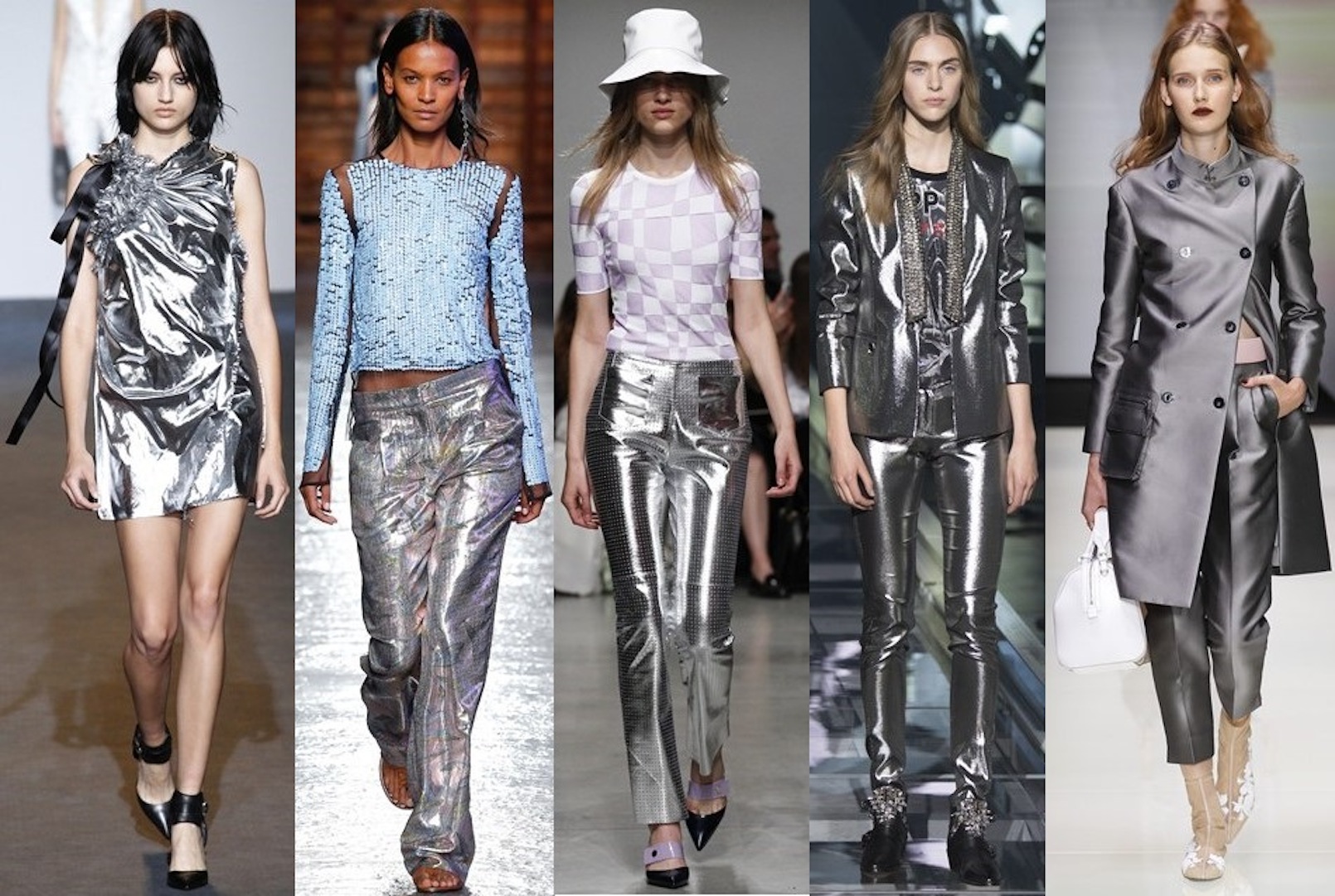The Science of Color Psychology in Web Design
In the fast-paced digital landscape, where first impressions often determine user engagement, the role of color in web design has become paramount.

In the fast-paced digital landscape, where first impressions often determine user engagement, the role of color in web design has become paramount. Colors do more than beautify a website; they evoke emotions, influence decisions, and guide behavior. At Website Digitals, we understand the profound impact of color psychology in crafting user-centric designs that drive results. In this comprehensive guide, we delve into the science of color psychology in web design, highlighting how strategic color choices can elevate your website's appeal and effectiveness.
Understanding Color Psychology
Color psychology is the study of how colors influence human emotions and behaviors. Research shows that different colors evoke distinct psychological responses, making them a powerful tool for communication and branding. In web design, understanding these responses can help create a cohesive and emotionally resonant user experience.
The Basics of Color Perception
Color perception stems from the way the human brain interprets light wavelengths. Different colors are associated with varying emotions and cultural meanings. For example:
-
Red: Evokes passion, urgency, and excitement. Often used for calls to action.
-
Blue: Signifies trust, calmness, and reliability. Frequently used by financial institutions and tech companies.
-
Green: Represents growth, health, and tranquility. Commonly seen in eco-friendly and health-focused websites.
-
Yellow: Conveys warmth, optimism, and energy. Effective for drawing attention.
-
Black: Suggests sophistication, elegance, and authority. Ideal for luxury brands.
The Emotional Spectrum of Colors
Colors can evoke both positive and negative emotions. For example, while yellow can signify happiness, overuse may cause visual fatigue. Similarly, red can stimulate energy but might be overwhelming in large doses. This duality underscores the importance of balance and intentionality in color selection.
The Role of Color in Web Design
In web design, colors play a critical role in shaping user experience and achieving business objectives. From branding to navigation, every color choice contributes to the overall impact of the website.
1. Establishing Brand Identity
Colors are integral to brand identity, helping businesses communicate their values and personality. Consistent use of brand colors across a website reinforces recognition and trust. For example, a tech company using blue conveys reliability, while a fitness brand using red emphasizes energy.
2. Enhancing User Experience (UX)
The right color palette improves usability by guiding users’ attention and creating intuitive navigation. High-contrast combinations ensure readability, while harmonious schemes reduce visual strain. For instance, using a bold color for buttons enhances visibility and encourages clicks.
3. Driving Conversions
Color psychology is closely linked to conversion optimization. Strategic use of colors in call-to-action (CTA) buttons, banners, and forms can significantly impact user behavior. For example, red buttons often outperform other colors in prompting immediate action due to their sense of urgency.
4. Creating Emotional Connections
By aligning colors with target audience preferences, web designers can evoke emotions that resonate with users. A children’s toy website may use vibrant colors to convey fun and playfulness, while a wellness brand might opt for soothing greens and blues.
Applying Color Psychology: Best Practices
To leverage the power of color psychology effectively, web designers must consider several factors, including audience demographics, cultural contexts, and brand objectives.
1. Know Your Audience
Understanding your target audience is crucial for selecting the right colors. Factors such as age, gender, and cultural background influence color preferences. For example, younger audiences may favor bold and vibrant colors, while older users might prefer subdued tones.
2. Use Color Theory Principles
Color theory provides a framework for creating visually appealing palettes. Key concepts include:
-
Complementary Colors: Colors opposite each other on the color wheel, offering high contrast.
-
Analogous Colors: Colors adjacent to each other, create harmony.
-
Triadic Colors: Three evenly spaced colors, providing balance and vibrancy.
3. Prioritize Accessibility
Web accessibility ensures that websites are usable for everyone, including individuals with visual impairments. Designers should use high-contrast color combinations and avoid relying solely on color to convey information. Tools like color contrast checkers can help maintain compliance with accessibility standards.
4. Test and Optimize
Color preferences can vary widely among users, making testing an essential part of the design process. A/B testing different color schemes and analyzing user interactions can provide insights into what works best for your audience.
Trends in Color Psychology for Web Design
As web design evolves, new trends emerge in the application of color psychology. Staying updated with these trends can help designers create modern and impactful websites.
1. Minimalistic Palettes
Minimalism in web design emphasizes simplicity and clarity. Monochromatic and neutral color schemes are gaining popularity for their clean and professional look.
2. Bold Gradients
Gradients add depth and visual interest to web designs. They are often used in backgrounds, buttons, and graphics to create a dynamic and contemporary feel.
3. Dark Mode
Dark mode has become a popular feature in web and app design. It reduces eye strain, conserves device battery life, and provides a sleek aesthetic. Designers often pair dark backgrounds with vibrant accent colors for contrast.
4. Custom Illustrations and Colorful Graphics
Custom visuals with unique color schemes enhance brand identity and engagement. Designers are increasingly using illustrations and graphics to showcase creativity and originality.
Case Studies: Effective Use of Color Psychology
Example 1: E-Commerce Website
An e-commerce website selling fashion items used a combination of red and black to convey elegance and urgency. Red CTAs increased click-through rates by 20%, while black accents highlighted premium offerings.
Example 2: Health and Wellness Platform
A wellness platform adopted a green and white palette to reflect health and purity. User feedback revealed that the colors created a calming effect, encouraging longer session durations.
Final Verdict
The science of color psychology in web design offers a powerful tool for creating visually appealing, emotionally resonant, and high-performing websites. By understanding the psychological impact of colors and applying strategic design principles, businesses can enhance user experience, strengthen brand identity, and drive conversions. At Website Digitals, we specialize in crafting designs that leverage the full potential of color psychology. Ready to transform your website? Visit professionals like https://www.websitedigitals.com/ to get started and to get better results.
What's Your Reaction?





















